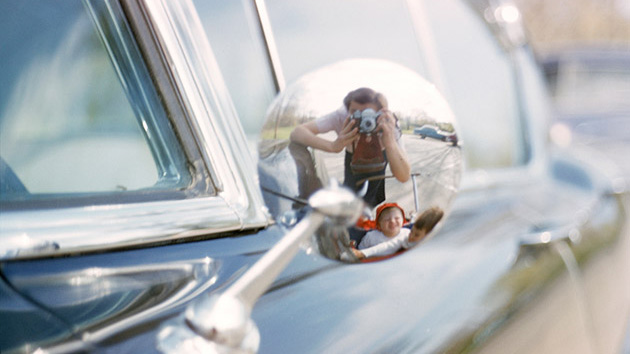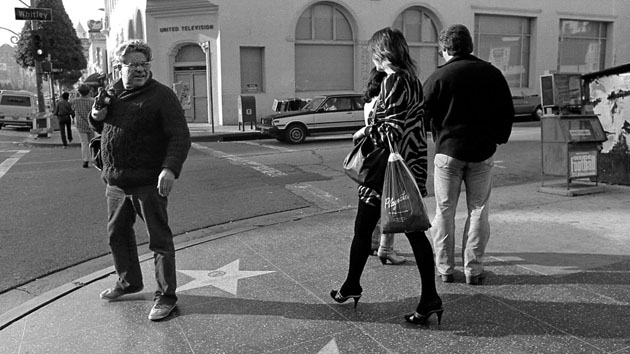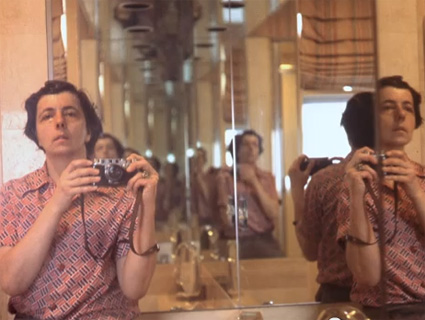Though she worked in obscurity, the cult of street photographer Vivian Maier has exploded since her negatives were discovered in 2007, with several recent books and a documentary paying homage to her humble but acute style. The latest collection of Maier’s photos takes an obvious but effective approach: photos of subjects looking directly into the camera or at Maier. Though many of Maier’s portraits prove her to have been a master at getting photos when people seemed oblivious to her presence, Eye To Eye (CityFiles Press) shows that Maier didn’t shy away from making contact.
This set of portraits and engaging street scenes also shed a little more light on Maier’s life. We see that in 1959 she traveled throughout Asia, then to Yemen and Egypt and on to Italy and France. Many of the overseas photos included in this book were shot in France, mostly in the Champsaur Valley of the French Alps. We see her move from New York City in the ’50s to Chicago in the ’60s.
There’s a noticeable progression in Maier’s shooting style over the course of the 15 years or so represented by the photos in Eye to Eye. The earlier shots tend to be more direct, tightly composed, and very straightforward. By 1967 the photos get looser. It looks like she’s shooting with a wider lens, allowing more background, more people, and more commentary into the frame. The later photos have a stronger voice, a greater sense of the times (protest signs, newspapers), and of Maier hitting on particularly whimsical, if not slyly critical, moments.
This book may not be the best place to start for those interested in getting a sense of Maier’s work—try Out of the Shadows or Vivian Maier: Street Photographer if you’re just getting started—but it’s an excellent addition for those who have earlier books and want more.
All photos from CityFiles Press Eye to Eye: Photographs by Vivian Maier/Jeffrey Goldstein Collection
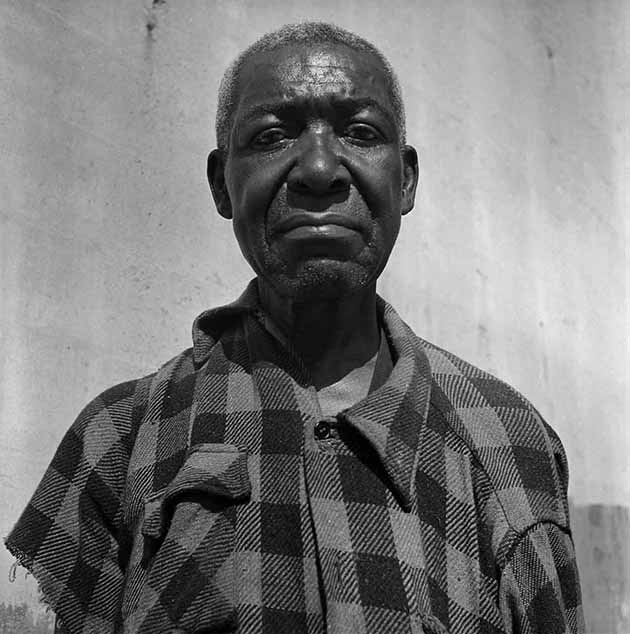
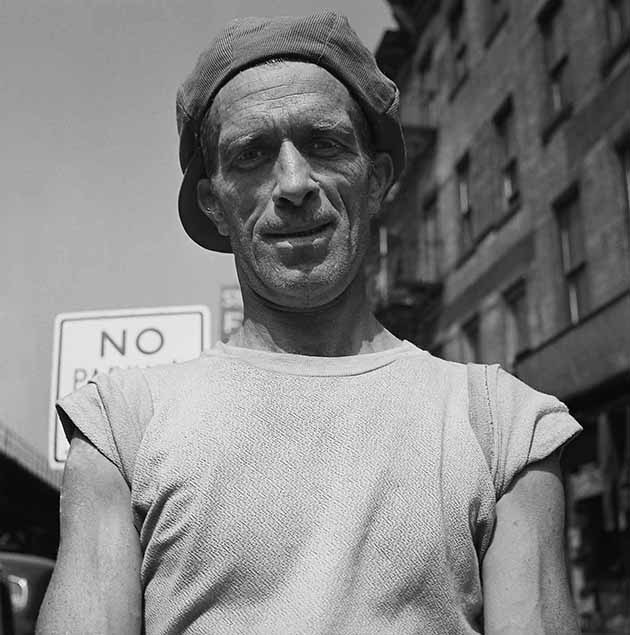


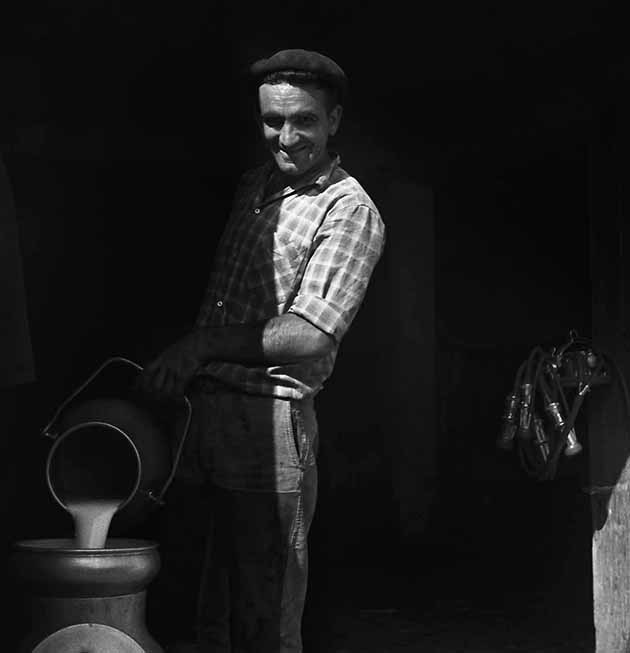
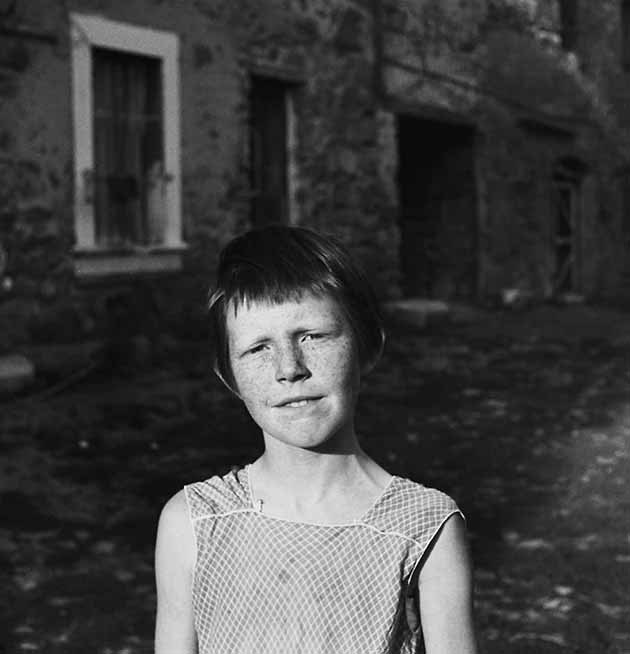
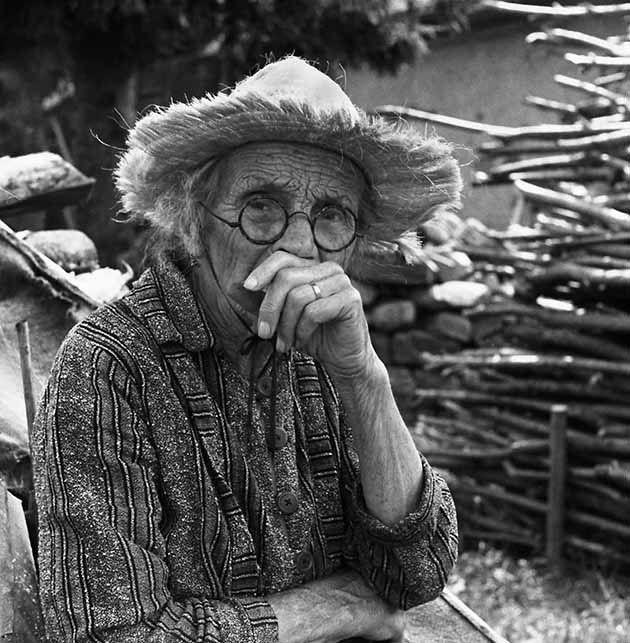
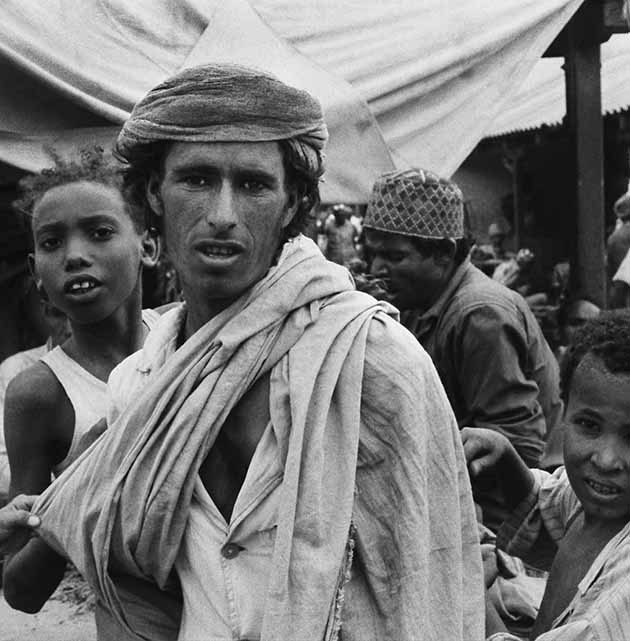
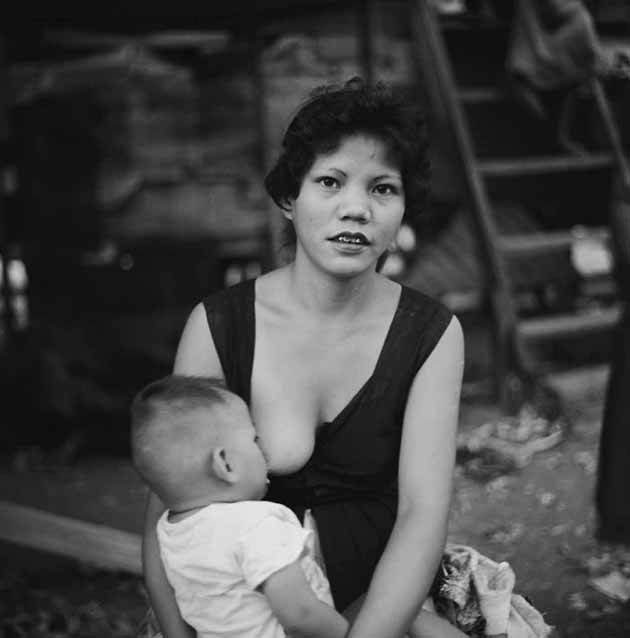
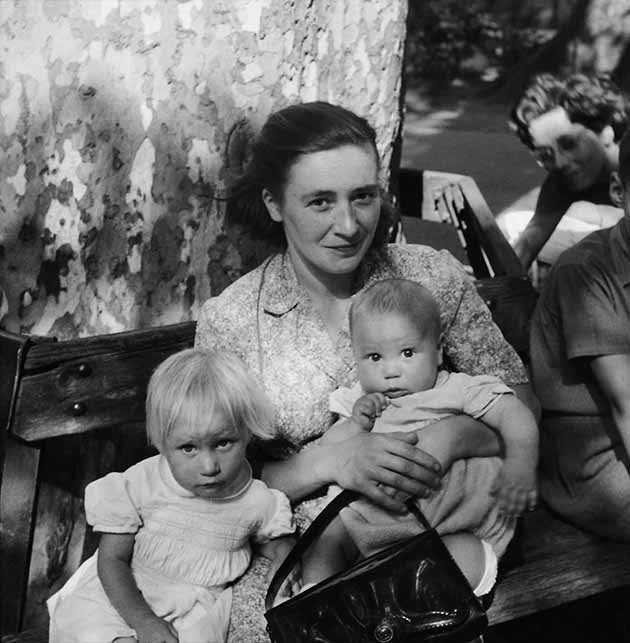
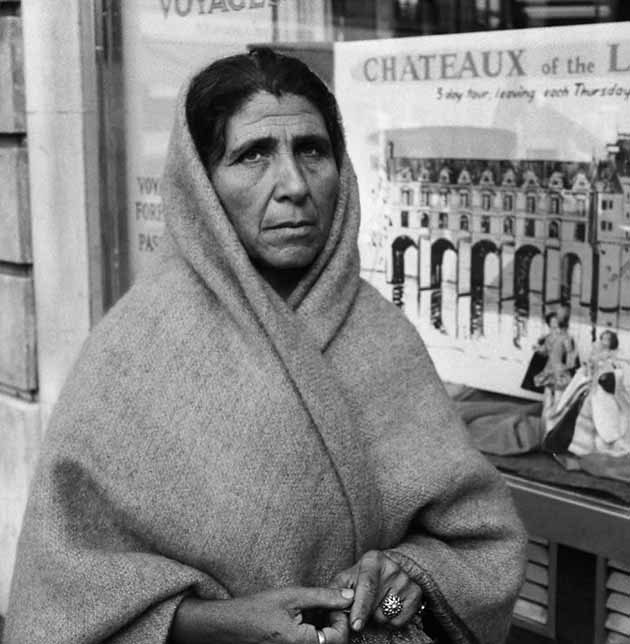
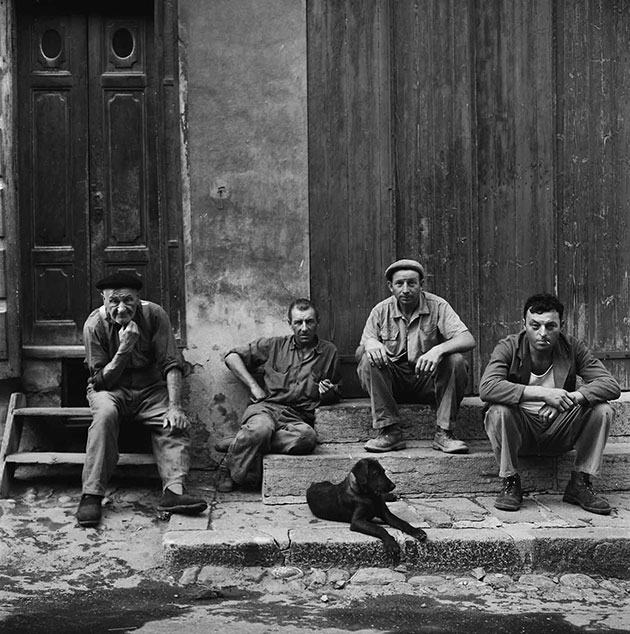
Eye To Eye was compiled by Richard Cahan and Michael Williams, authors of Vivian Maier: Out of the Shadows. These photos, like those from Out of the Shadows, are from the Jeffrey Goldstein Collection.



